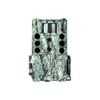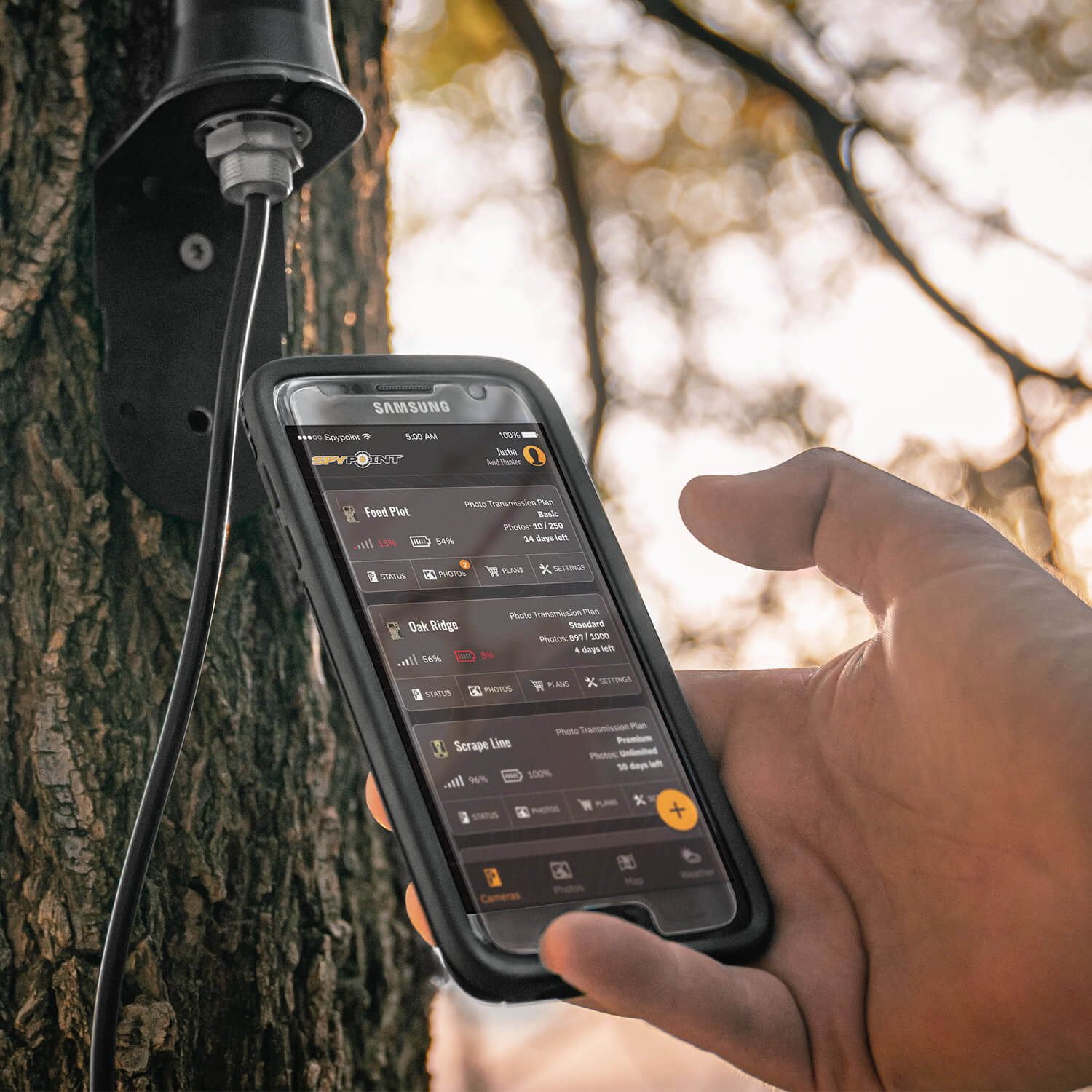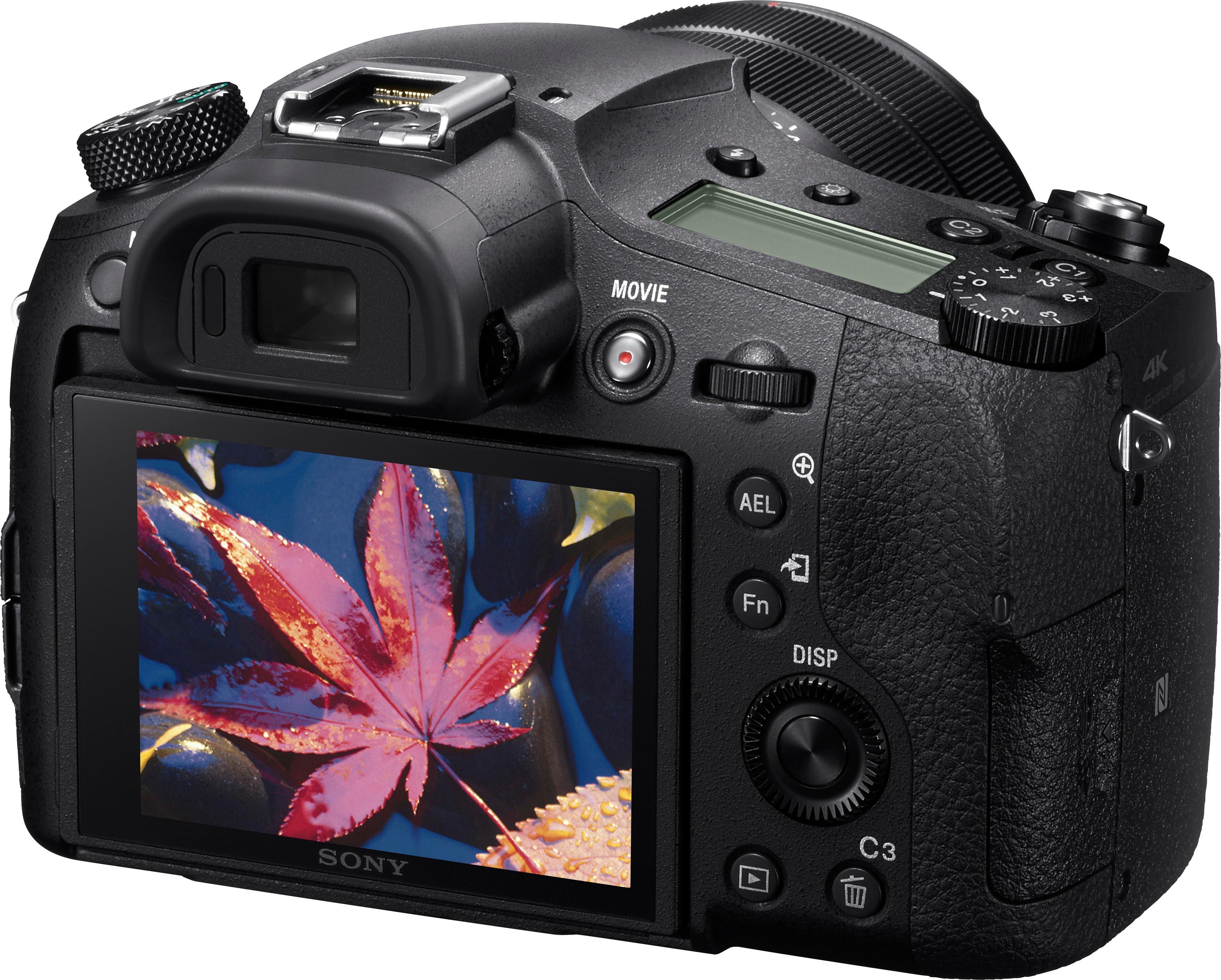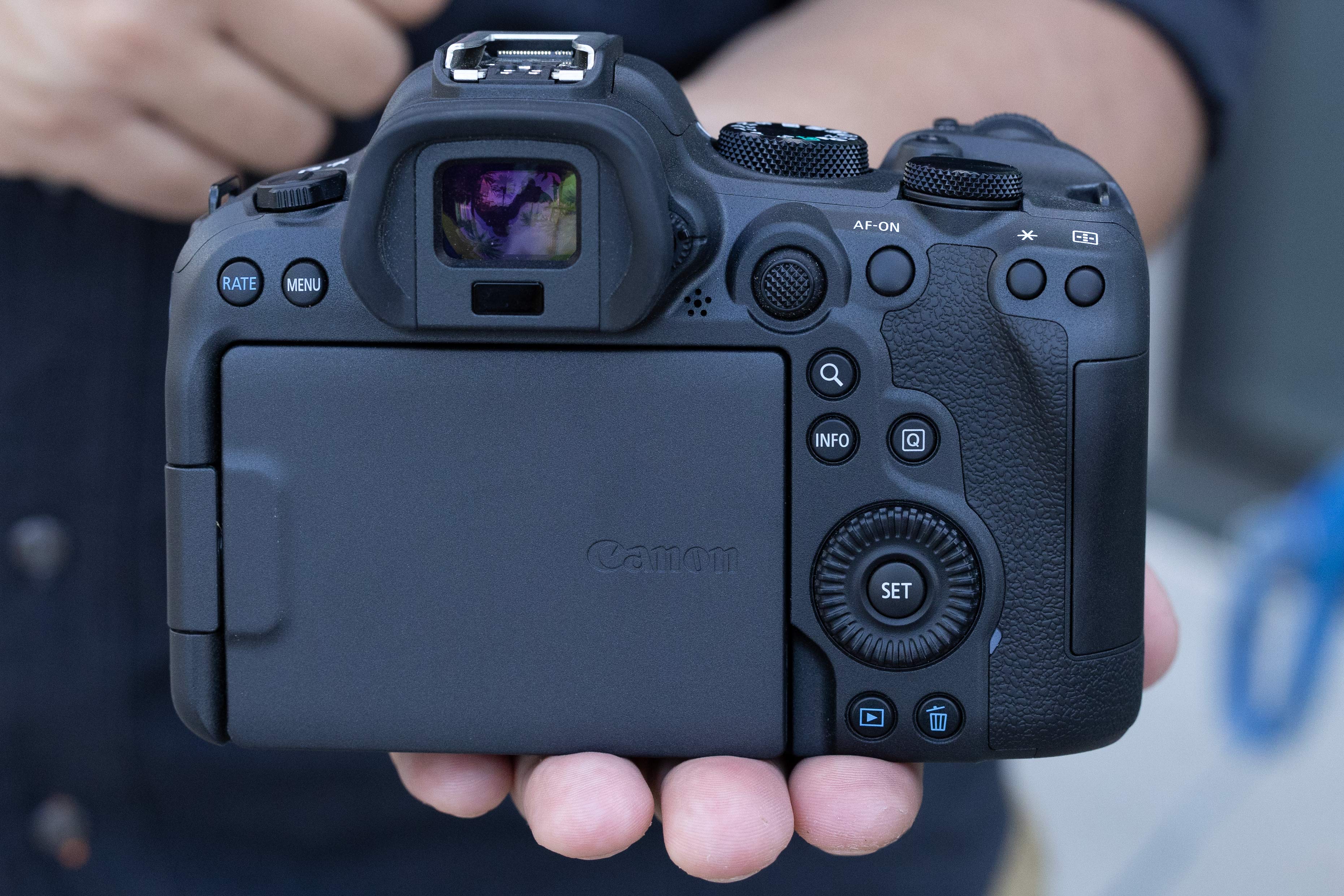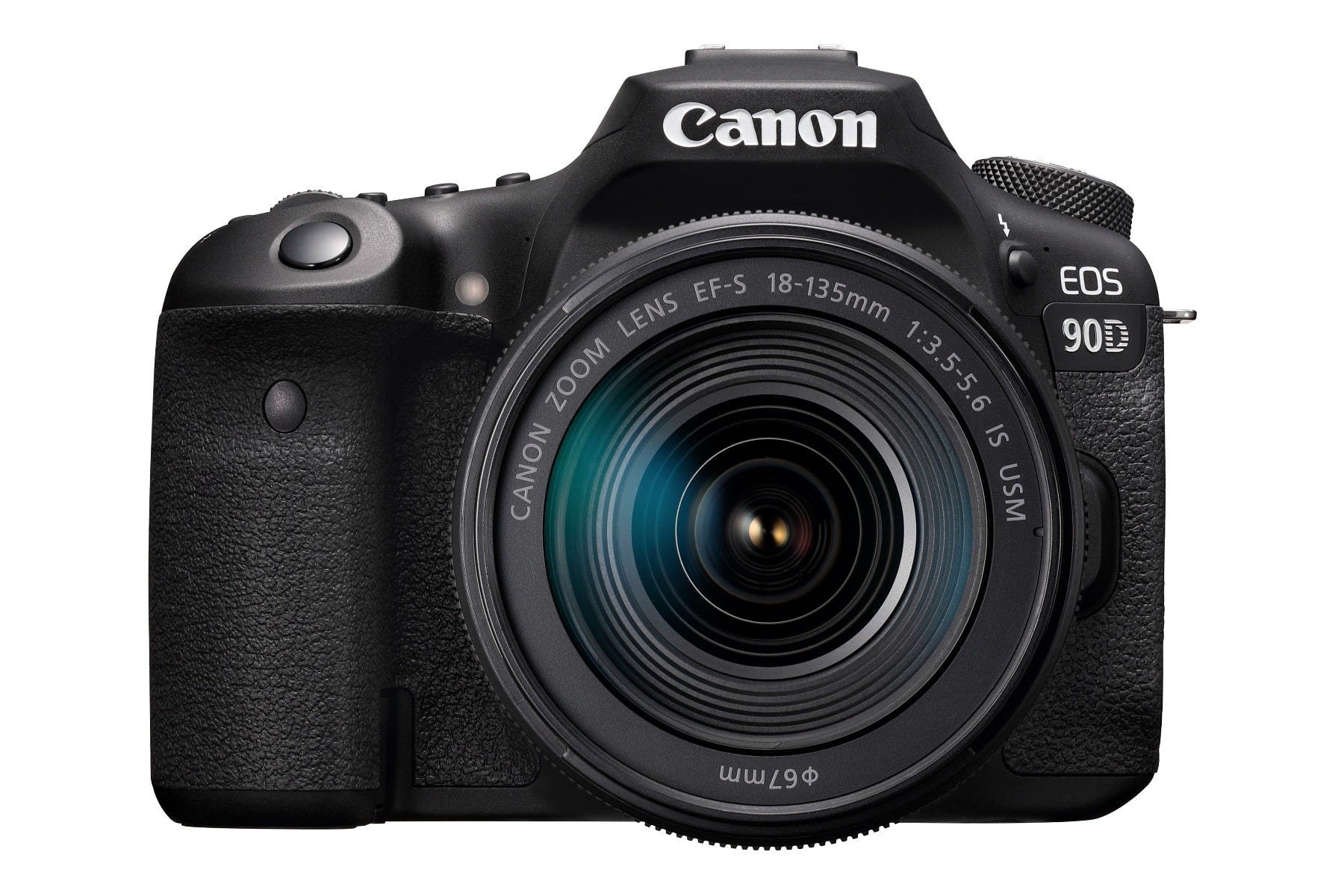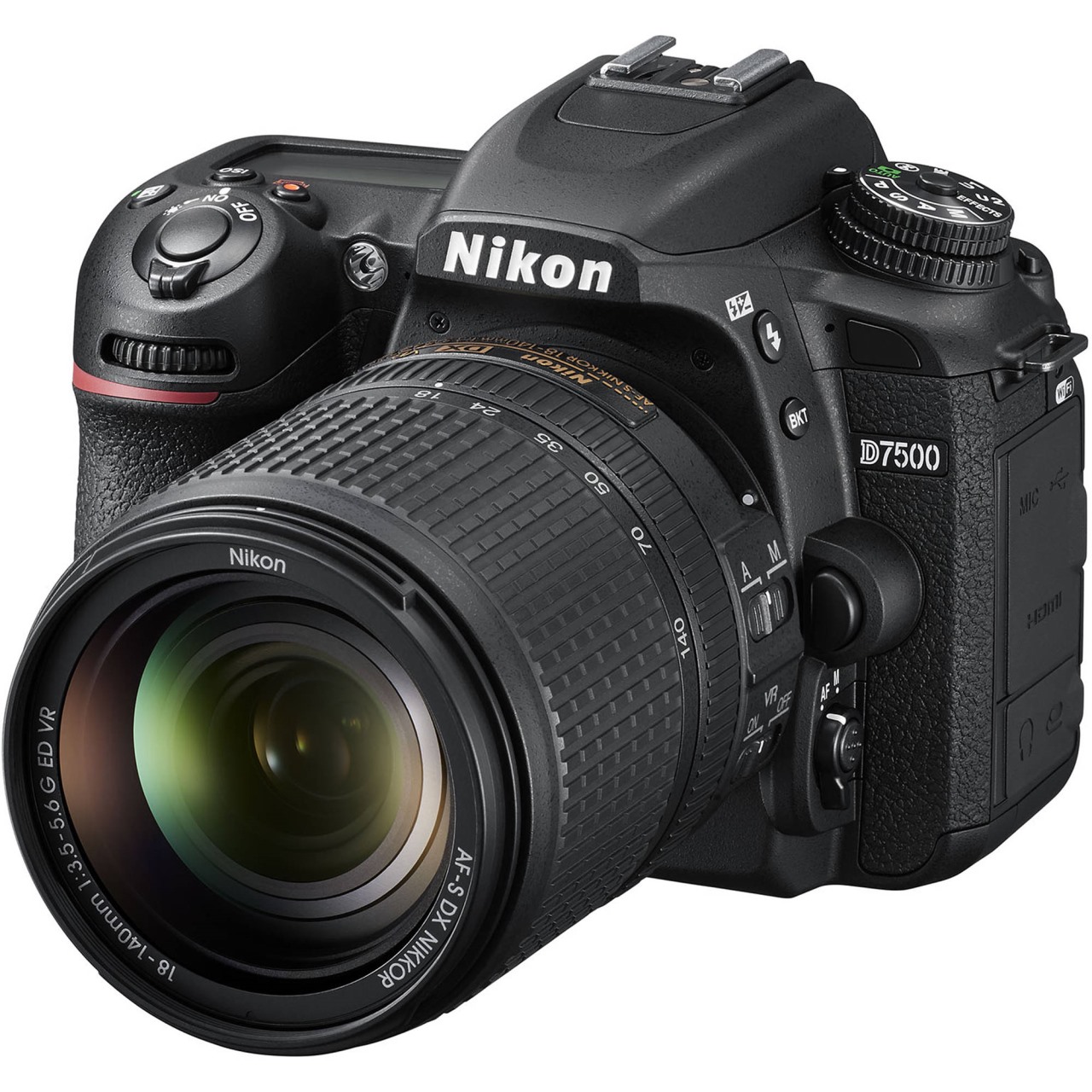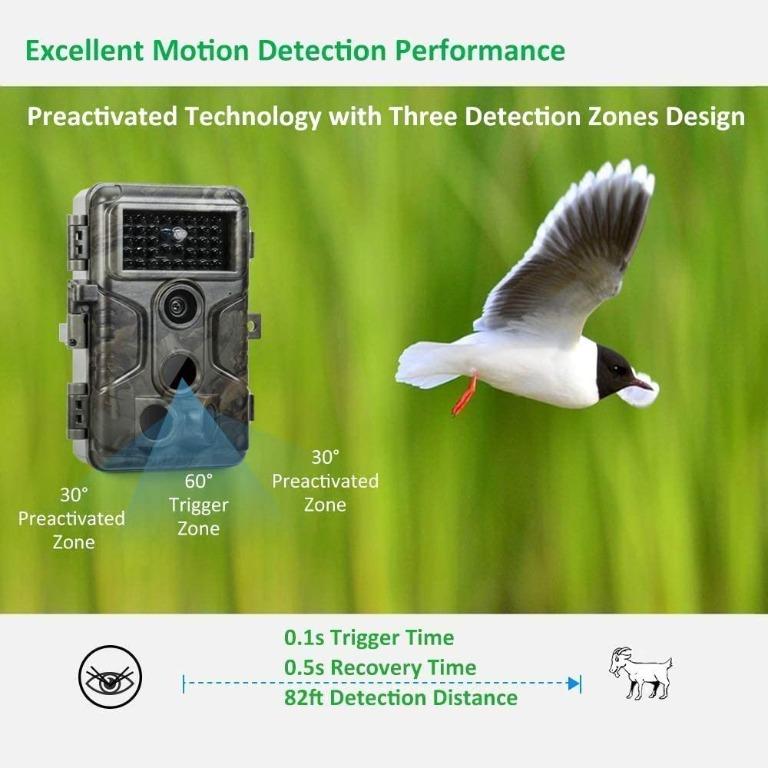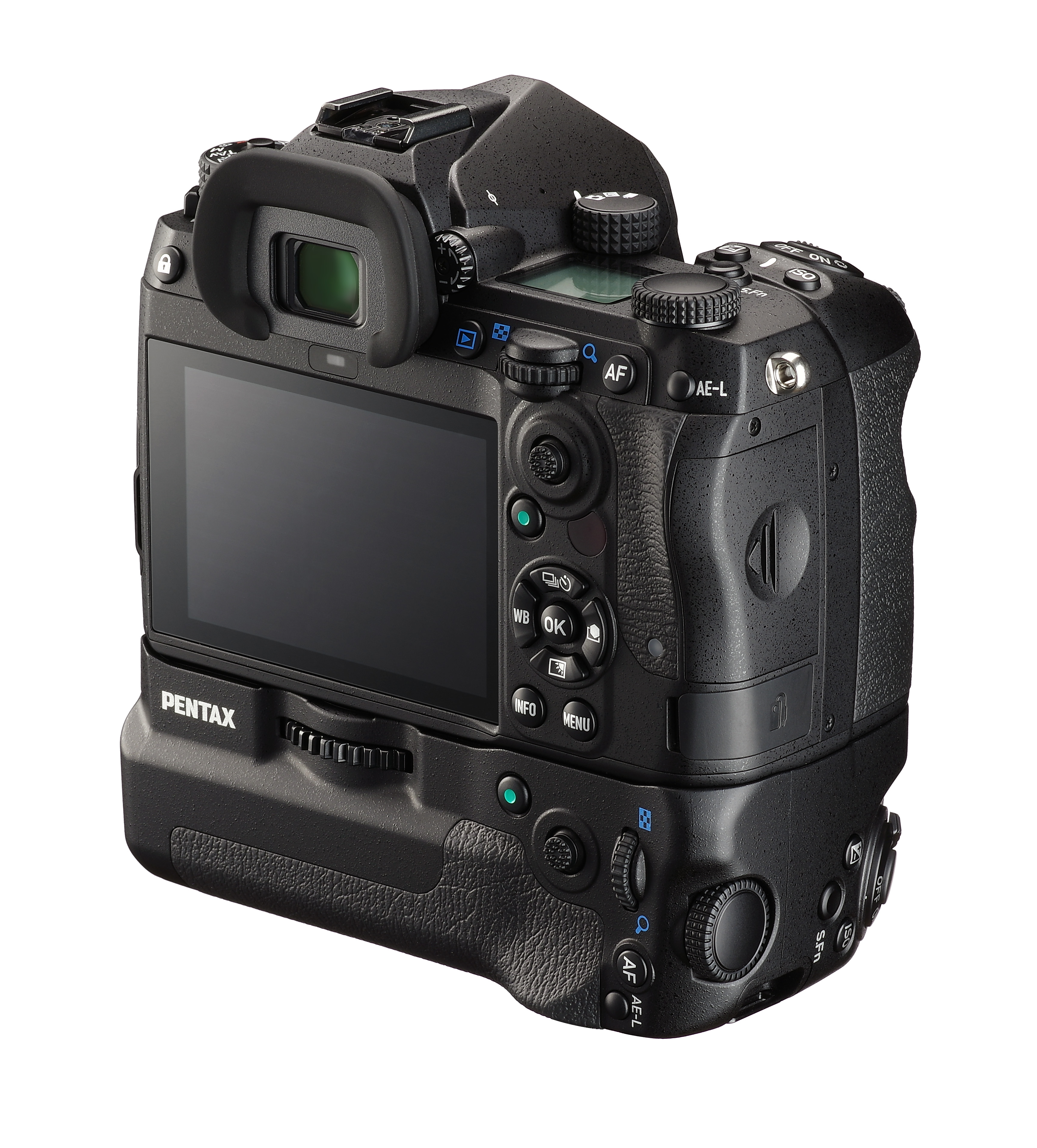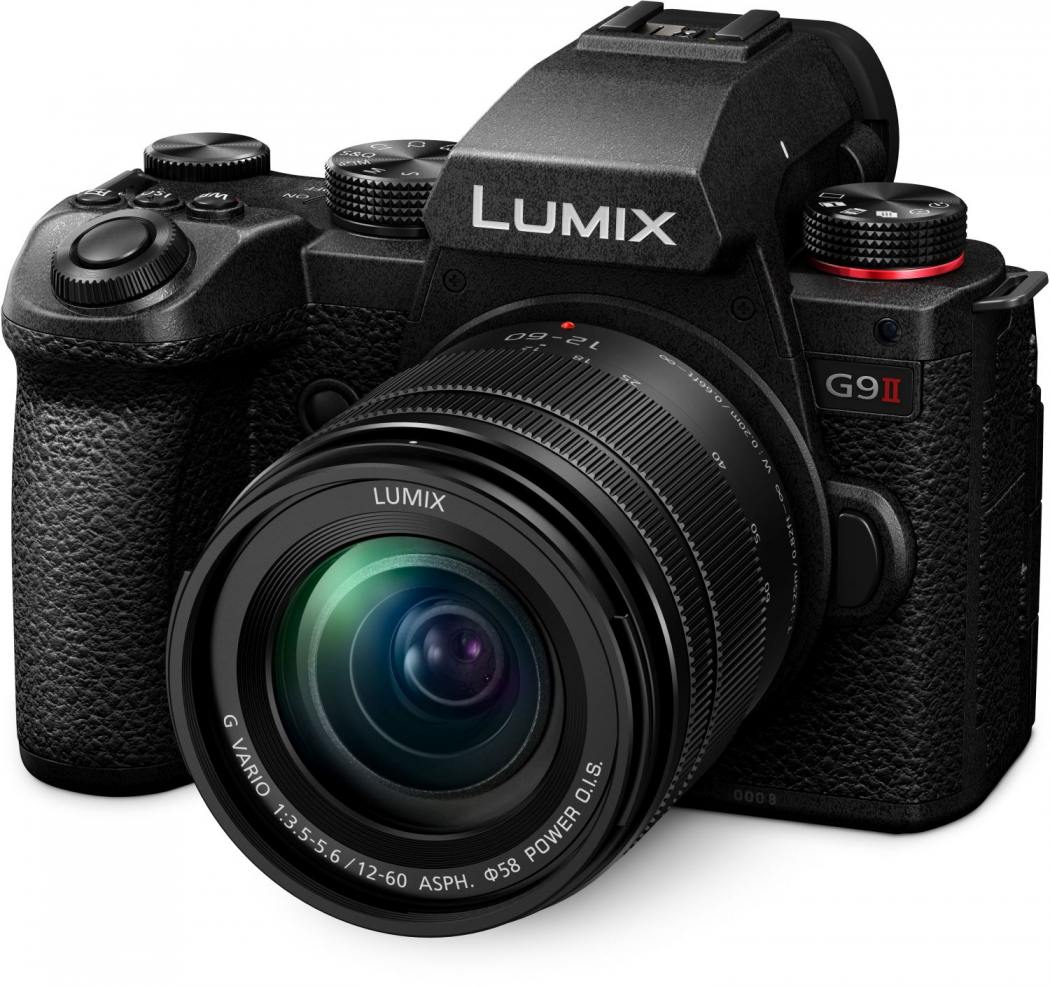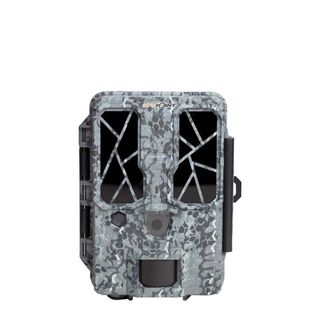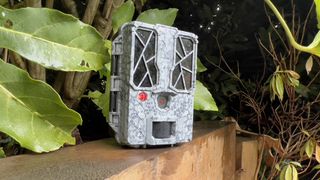Discover Pandipedia
Pandipedia is the world's first encyclopaedia of machine generated content approved by humans. You can contribute by simply searching and clicking/tapping on "Add To Pandipedia" in the answer you like. Learn More
Expand the world's knowledge as you search and help others. Go you!
Let's look at alternatives:
- Modify the query.
- Start a new thread.
- Remove sources (if manually added).
- Request a manual search from our human research team.

Special effects in film are created using two main categories: practical effects and digital effects. Practical effects involve physical techniques that are captured on camera, including makeup, prosthetics, animatronics, miniatures, and pyrotechnics. These methods have been used historically to create illusions like explosions and transformations, adding tangible realism to scenes[1][2][3].
Digital effects, also known as visual effects (VFX), utilize computer-generated imagery (CGI), motion capture technology, and digital compositing. These techniques allow filmmakers to create stunning visuals that would be hard or impossible to achieve practically. Advances in technology have made digital effects a significant component of modern filmmaking, allowing for a seamless blend with live-action footage[2][3][4].
Let's look at alternatives:
- Modify the query.
- Start a new thread.
- Remove sources (if manually added).
- Request a manual search from our human research team.
Get more accurate answers with Super Search, upload files, personalised discovery feed, save searches and contribute to the PandiPedia.
Bushnell Core DS-4K
Features dual sensors for day and night images, 4K video capability, and 32MP still resolution with excellent no-glow flash for discreet nighttime observation[11].
Stealth Cam DS4K Ultimate
A versatile option for beginners with 32MP stills, HD video, and features like blur reduction for active subjects[8].
GardePro A3S
Known for high-resolution imaging (up to 30MP), fast trigger speed, and robust weatherproofing, ideal for wildlife observation[5].
CEYOMUR Wildlife Camera
Offers solar power efficiency with 30MP photography and Bluetooth connectivity for easy control via smartphone[6].
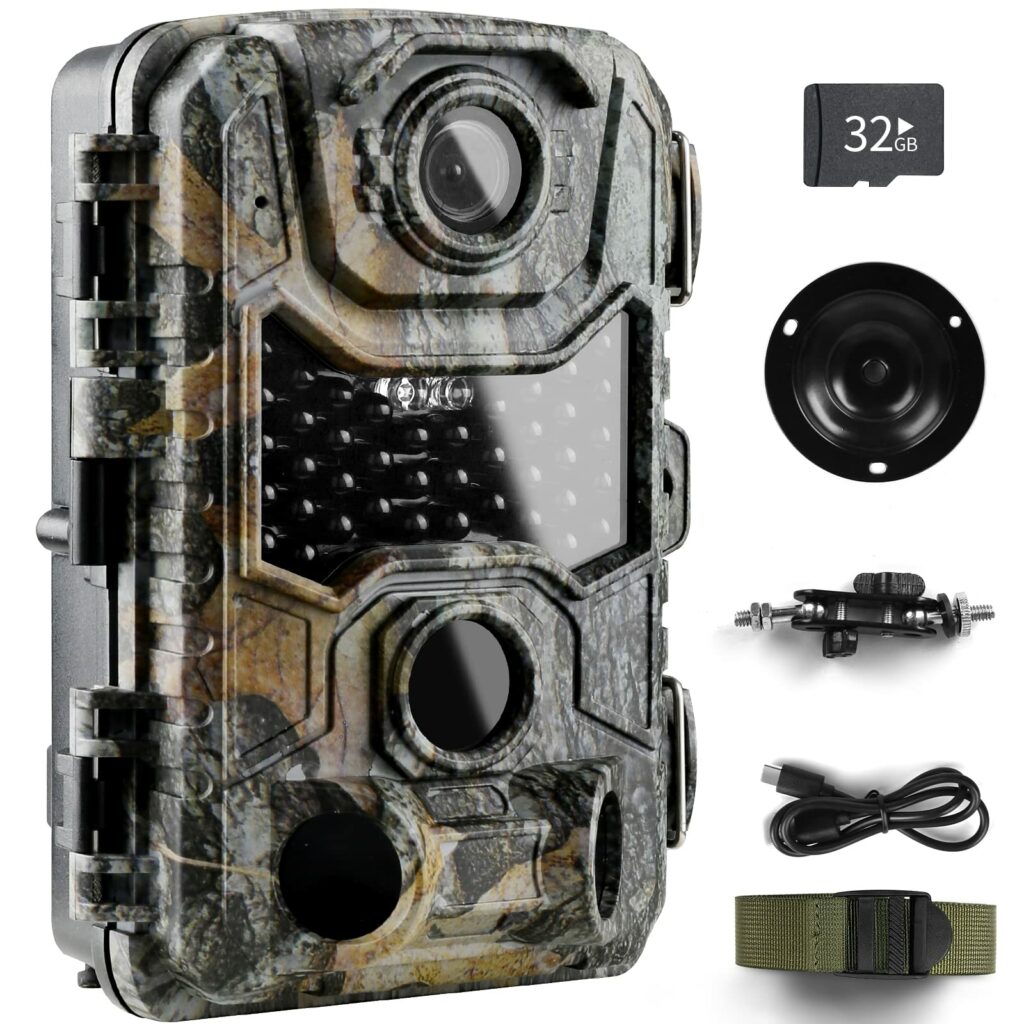
MAXDONE 4K 32MP Wildlife Camera
Captures 4K videos and high-quality images with a fast trigger speed and excellent night vision capabilities[6].
Spypoint LINK-MICRO-LTE
A cellular camera allowing for remote image transmission to your smartphone, suitable for wildlife enthusiasts who need convenience[8].
OM SYSTEM OM-1 Mark II
A leading choice for wildlife photography with rugged build quality, advanced autofocus, and competitive burst shooting[7].
Sony RX10 IV
This bridge camera offers a 24-600mm lens, excellent for capturing wildlife with impressive autofocus and burst shooting capabilities[10].
Canon EOS R6 II
Features excellent animal detection autofocus, up to 12 fps mechanical shooting, and solid low-light performance[9].
Canon EOS 90D
An enthusiast-friendly DSLR with 32.5MP resolution and a respectable burst rate, suitable for various wildlife situations[10].
Fujifilm X-H2S
Known for its fast burst shooting speed and sophisticated subject recognition autofocus, making it ideal for wildlife photography[9].
Nikon D7500
An APS-C DSLR offering great balance between performance and price, featuring a fast autofocus system and 20.9MP sensor[10].

Usogood Wi-Fi Wildlife Camera
Allows for remote management through Wi-Fi, making it easy for observation and monitoring activities[6].
Trophy Camera Essential E3
Focuses on basic functionality with decent quality, perfect for beginners measuring their interest in wildlife observation[3].

XTU Wildlife Camera
Stands out for exceptional night vision performance with full HD video, making it effective for low-light conditions[5].
VOOPEAK Solar Powered Wildlife Camera
Eco-friendly solar charging option with high-resolution imaging capabilities[5].
BlazeVideo Wireless Trail Camera
Features wireless connectivity for remote monitoring, high-resolution video recording, and a simple user interface[11].
Bushnell Prime L20
Offers IPX6 weather resistance and reliable image quality, suited for general wildlife observation[8].

NEXCAM TC08
Solar-powered wildlife camera with high-quality imaging and robust features for easy outdoor use[6].
GardePro A3 Wildlife Camera
Known for high resolution and night vision capabilities, perfect for detailed wildlife stills[5].
Spypoint Force-20
A well-rounded mid-range option that captures 20MP images and HD video with intelligent illumination options[8].

OM-D E-M10 Mark IV
A lightweight and compact camera ideal for capturing wildlife with decent autofocus and performance[10].
Pentax K-3 Mark III
A rugged, weather-sealed DSLR with rapid shooting capabilities, designed for challenging wildlife conditions[10].
Panasonic Lumix G9 II
An advanced Micro Four Thirds camera known for fast autofocus and excellent burst rates, suitable for small wildlife photography[10].
Maxdone 2.7K Wildlife Camera
Offers vivid day and night imagery, making it a reliable choice for any nature observation needs[6].
Spypoint Force-Pro
Offers outstanding image quality in 4K resolution and high MP still images, ideal for serious wildlife photography[8].

Browning Strike Force HD Pro X
Features a color screen for easier setup and operation, offers good performance for budget-conscious buyers[8].
EcoFlow Delta Mini
An innovative power source for outdoor cameras ensuring long battery life during extended use in the field[6].
Stealth Cam G42NG
Delivers excellent quality images with advanced motion detection at a competitive price point for all users[3].
Let's look at alternatives:
- Modify the query.
- Start a new thread.
- Remove sources (if manually added).
- Request a manual search from our human research team.

Yes, there are several AI tools specifically designed to assist digital nomads in enhancing their productivity and managing various tasks. For instance, tools like Trello and Asana utilize AI to automate task prioritization and provide smart reminders to help stay on top of deadlines, while Notion and ClickUp offer features that streamline project management and organizational efforts across time zones[1][3].
Additionally, writing assistants like Grammarly and Jasper AI improve the quality of communication, and translation tools like DeepL facilitate seamless interaction in different languages. AI-powered travel tools, such as Hopper, can predict the best time to book flights, enhancing overall travel planning for remote workers[2][4].
Let's look at alternatives:
- Modify the query.
- Start a new thread.
- Remove sources (if manually added).
- Request a manual search from our human research team.
Let's look at alternatives:
- Modify the query.
- Start a new thread.
- Remove sources (if manually added).
- Request a manual search from our human research team.
Introduction
The antitrust trial against Google has raised important questions about how product markets are defined, particularly in relation to search advertising and broader digital advertising channels. The Department of Justice (DOJ) has presented various product markets, focusing on search ads, text ads, and even general search advertising, while emphasizing the concept of substitutability. Throughout the trial, both the DOJ and Google's representatives provided insights into market boundaries, the role of consumer behavior, and real-world examples from industries such as travel and mobile applications. This report combines evidence and testimony from the trial to offer a comprehensive perspective on these issues[1][2][3][4][5].
Defining the Relevant Product Markets
DOJ witnesses and documents establish that a core element in the case is the definition of the relevant product markets. The DOJ has focused on two primary markets: search ads and text ads, explaining that text ads constitute a narrower segment within the broader search ads market[1]. The Department further argues that markets should be defined on a pragmatic, factual basis, rather than exclusively on legal presumptions, drawing on precedents such as Brown Shoe to emphasize their approach. In addition, some arguments presented by plaintiff states propose a general search advertising market, which mirrors general search services, including both text ads and shopping ads on general search engines[1][5]. This broader definition is consistent with how advertisers view these services, considering elements like return on investment (ROI) and continual demand for always-on channels such as Google Search.
Market Substitutability and Advertising Channels
Substitutability has emerged as a key point throughout the trial. DOJ experts and testimony illustrate that various forms of digital advertising—including display, social, and retargeting ads—should not be seen as interchangeable with search ads. For instance, the trial included evidence where witnesses argued that display advertising primarily builds awareness while search ads are designed to capture high-intent consumers. One witness clearly stated that search and display advertising are not substitutable, emphasizing that the unique performance and context of each channel drive distinct advertiser strategies[2][1]. Furthermore, internal discussions and expert testimonies reveal that even within the search advertising space, there are important differences between text ads and Product Listing Ads (PLAs) due to advertiser control over messaging and conversion dynamics[1]. These distinctions underscore that even if multiple formats share superficial characteristics, their underlying functionalities and returns differ significantly.
Real-World Examples and Competitive Dynamics in Digital Advertising
The trial presented several real-world examples to highlight how market dynamics and substitutability play out in practice. In one instance, Nike's decision to stop advertising on Facebook was described as analogous to an extreme price increase for one particular channel, which prompted advertisers to reallocate spend to other platforms. This example demonstrated how limitations on scale in one channel could shift the balance between digital groups, influencing competition and strategic choices[2]. Similarly, evidence from the travel search market provided detailed testimony on how Google’s search products compete with alternatives such as online travel agencies and metasearch platforms, including Priceline, Expedia, and Tripadvisor[3]. For example, Google's internal analysis noted a decline in generic travel queries and a corresponding shift in consumer behavior towards platforms like Airbnb, where direct traffic strategies meant that ad spending on Google decreased relative to competitors[3]. These examples illustrate that while digital advertising channels may appear substitutable at a cursory glance, the functions they serve and the resulting competitive dynamics are markedly different in practice.
Consumer Behavior and Channel-Specific ROI
A major theme in the trial was that advertisers focus on ROI as the primary consideration when allocating budgets. Testimonies revealed that advertisers typically do not shift ad spend frequently between different formats, such as text versus digital display ads, because each channel delivers unique value. A representative from Home Depot recalled that shifting budgets between platforms is unusual, implying that the channels are viewed as distinct and non-fungible[1]. This sentiment was echoed by other witnesses who stressed that the always-on nature of search ads versus episodic display campaigns influenced advertisers to accept higher prices within a channel to maintain a consistent flow of high-intent customer interactions[1][5]. This reluctance to substitute between channels reinforces the DOJ’s argument that Google's practices lead to limited competition and entrenched market power.
Expanding Market Definitions Beyond Search Ads
In addition to search and text ads, the DOJ and some state plaintiffs have proposed an additional market definition that encompasses general search advertising. This market incorporates not only text ads but also shopping ads and other forms of advertising that appear on general search engines[1][5]. Here, the argument is that this broader definition better reflects the way advertisers consider and deploy their ad spend, since advertisers often view these services as an integrated tool for capturing customer intent. Moreover, this broader market perspective captures the complexity of digital advertising, where factors like contractual obligations, consumer brand loyalty, and unique algorithmic performance differentiate one type of ad from another. Such widening of the market concept illustrates the multifaceted nature of substitutability in modern digital ecosystems.
The Role of Mobile Platforms and Ecosystem Dynamics
Beyond traditional search markets, the trial also examined competition within the Android ecosystem, shedding light on how product market definitions extend into mobile search and application services. Testimony from a former Android and Google Play executive clarified that key revenue drivers for Google on Android include search, the app store, and Play services. Moreover, competition between Android and Apple’s mobile offerings has driven innovation and influenced device strategies; for example, Google monitored the rate of users switching between Android and iPhone as a measure of strategic effectiveness[4]. The role of preinstallation agreements and revenue sharing with OEMs and carriers further underscores the market power exerted by Google’s ecosystem. These agreements effectively lock in preferred consumer behavior by preloading the Google Search widget and other applications, even when manufacturers have the technical capability to provide alternative access points.
Conclusion
The evidence and testimony presented in the trial provide a detailed view of how product markets are defined and how substitutability is evaluated in the context of Google’s dominant platforms. The DOJ’s approach emphasizes the importance of understanding consumer alternatives and the specificity of advertising functions, whether in search or broader digital advertising spaces[1][2][5]. At the same time, examples drawn from travel, retail, and the mobile market reveal that while alternatives may exist, differences in user behavior, advertiser strategies, and market dynamics limit the practical substitutability across channels[3][4]. This comprehensive analysis underscores the complexity of digital markets, wherein nuanced differences between ad formats and ecosystem dynamics significantly influence competitive outcomes.
Let's look at alternatives:
- Modify the query.
- Start a new thread.
- Remove sources (if manually added).
- Request a manual search from our human research team.
Get more accurate answers with Super Search, upload files, personalised discovery feed, save searches and contribute to the PandiPedia.

Skincare impacts overall health by promoting both physical and mental well-being. A consistent skincare routine can trigger the release of mood-boosting neurotransmitters in the brain, contributing to stress reduction and enhancing self-esteem. Engaging in mindful skincare activities can help break negative thinking patterns, providing a sense of accomplishment and stability in daily life[1][5].
Moreover, the health of the skin reflects internal health. Poor skin condition can signal issues such as stress or hormonal imbalances, while good skin health can indicate overall physiological well-being. This connection highlights the importance of nurturing skin through proper care and a balanced lifestyle[2][3][4].
Let's look at alternatives:
- Modify the query.
- Start a new thread.
- Remove sources (if manually added).
- Request a manual search from our human research team.
Micro-tasks are small, simple tasks that require minimal time and can often be completed independently online, making them a significant part of the gig economy. They allow individuals to earn quickly by performing simple actions like surveys, data entry, or testing applications, often without needing specialized skills[2][4][6].
To implement micro-tasks effectively, break larger tasks into smaller, manageable pieces, prioritize them based on urgency and importance, and focus on one task at a time to enhance productivity[1][5]. Consistent practice and using digital tools can also help maintain productivity levels over time[1].
Let's look at alternatives:
- Modify the query.
- Start a new thread.
- Remove sources (if manually added).
- Request a manual search from our human research team.

Creating a compost bin is a rewarding way to recycle kitchen scraps and yard waste into nutrient-rich compost that enriches your garden. Here's a detailed guide on how to build an effective compost bin, integrating various methods and tips from gardening resources.
Understanding Composting
Composting is nature's recycling process, transforming organic waste, such as food scraps and garden trimmings, into valuable soil amendments. The process involves the decomposition of materials through the activity of microorganisms, which thrive in a well-structured compost environment. Proper composting not only reduces waste but also enhances soil health, making it easier for plants to grow and reducing the need for chemical fertilizers[1][4][6].
Choosing Your Compost Bin Design

There are several designs for compost bins based on available space, materials, and personal preference. Two popular options are the traditional three-bin system and simpler single-bin designs. The three-bin system allows for effective turning and maturation of compost, with one bin used for active composting, one for materials in the process of breaking down, and one for finished compost ready for use[2][6].
Materials Needed

When building a compost bin, the following materials are often recommended:
Wooden Pallets: A very common and cost-effective choice, wooden pallets can be assembled into a square frame, making a sturdy and breathable bin structure[5][7].
Untreated Lumber: Using untreated wood eliminates the risk of harmful chemicals leaching into your compost. Cedar and redwood are ideal due to their natural durability[4][6].
Wire Mesh: Hardware cloth or chicken wire can be used to provide airflow while keeping out pests[5].
Hinges and Latches: If you are creating a door, hinges will allow easy access while a latch keeps unwanted critters out[2][7].
Screws/Nails: Essential for securing the structure together[2][6].
Step-by-Step Construction
Select a Suitable Location: Choose a well-drained site that is convenient for adding materials and close to your garden. A location with partial sun helps with decomposition while avoiding excessive dryness[3][4].
Prepare the Base: Clear and level the ground where you plan to build the compost bin. It’s best to place your compost bin directly on the soil to allow beneficial organisms access to the compost[1][5].
Build the Frame:
- If using wooden pallets, join four pallets at the corners to create a box shape. Secure the top edges together using screws or plastic ties[5][7].
- If constructing from lumber, cut the planks to the desired height and assemble a square or rectangular frame. Secure the corners tightly with screws[2][6].
Add a Front Access Point: If you want to access your compost easily, consider creating a hinged door. This can be done by cutting one of the pallets or planks in half and attaching it to the frame with hinges[4][7].
Line with Wire Mesh (optional): To keep pests out, you can line the interior structure with hardware cloth, making sure it’s tight to prevent any gaps[6][7].
Ensure Proper Airflow: Your compost needs to breathe to facilitate decomposition. Design the bin to be open on at least one side or ensure that there are gaps between the materials — approximately one-inch-wide holes can be drilled into the sides of a wood bin[6][7].
Start Composting: Begin by adding layers of 'green' materials (nitrogen-rich, like food scraps and fresh grass clippings) and 'brown' materials (carbon-rich, like dry leaves and cardboard). Aim for a ratio of about 60% brown to 40% green to optimize decomposition. Proper moisture levels are also critical; the compost should feel like a wrung-out sponge—moist but not soggy[1][6].
Maintenance Tips
To ensure your compost bin remains effective:
Turn the Pile: Regularly turning your compost helps aerate it and speeds up the decomposition process, ideally every few weeks. This prevents the compost from becoming compacted and ensures even breakdown of materials[3][4][6].
Monitor Moisture: Keep the pile moist, especially during dry weather. If it becomes too dry, you can lightly water it or add moist materials[2].
Watch for Issues: If your compost smells bad or attracts pests, it could be too wet or contain inappropriate materials. Adjusting the balance of greens and browns, or increasing aeration, can often resolve these issues[4][6].
Conclusion
Creating a compost bin can be a simple and fulfilling DIY project. By selecting the right materials and following these construction and maintenance steps, you can turn your organic waste into a valuable resource for your garden, contributing to a sustainable cycle of growth and nourishment. Whether you choose a simple bin or a more complex system, the benefits of composting will be well worth the effort.
Let's look at alternatives:
- Modify the query.
- Start a new thread.
- Remove sources (if manually added).
- Request a manual search from our human research team.
/cdn.vox-cdn.com/uploads/chorus_asset/file/25137774/STK115_Reddit_04.jpg)
Reddit is not allowing Microsoft to crawl their site due to an updated robots.txt file implemented on July 1, 2024, which blocks all web crawlers that lack an agreement with Reddit[2][3][4]. This change aligns with Reddit's revised Content Policy, which prohibits the use of its content for AI training without explicit consent[1]. A Reddit spokesperson indicated that they have struggled to reach agreements with some entities regarding the use of Reddit content, highlighting concerns about user privacy and enforceability[1][3][4]. Consequently, Microsoft confirmed that Bing has halted crawling Reddit following these updates[2][4].
Let's look at alternatives:
- Modify the query.
- Start a new thread.
- Remove sources (if manually added).
- Request a manual search from our human research team.


